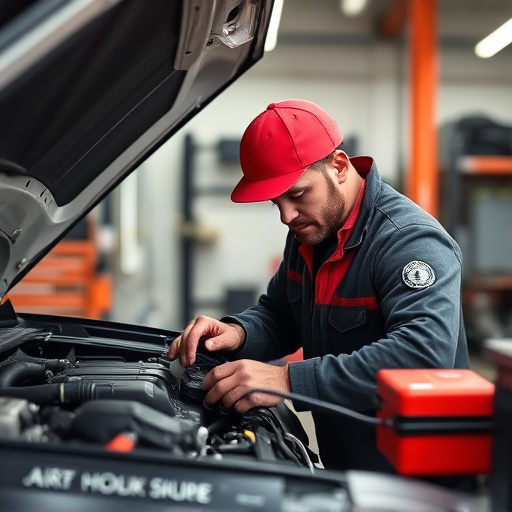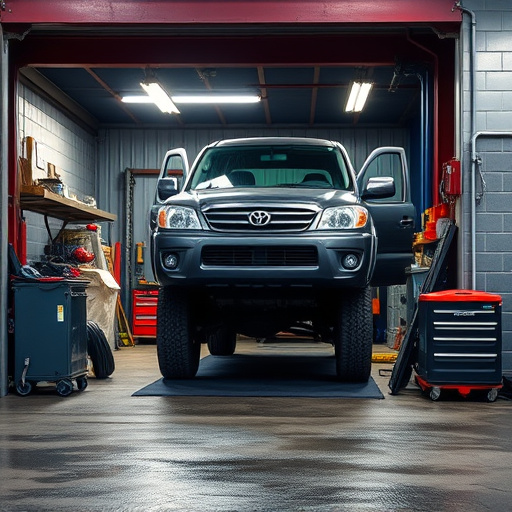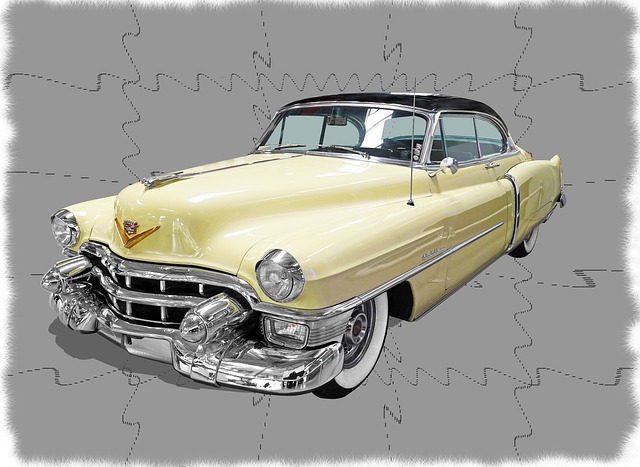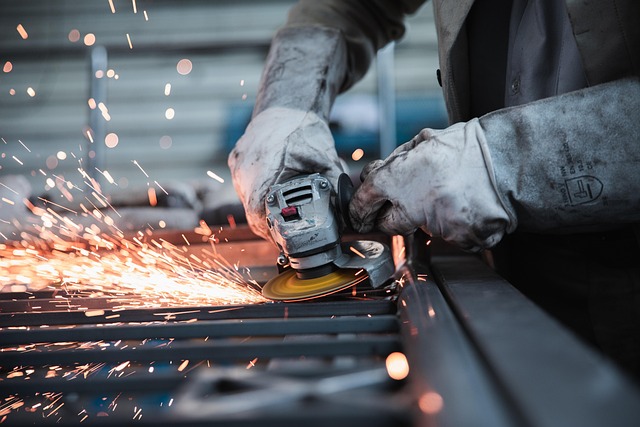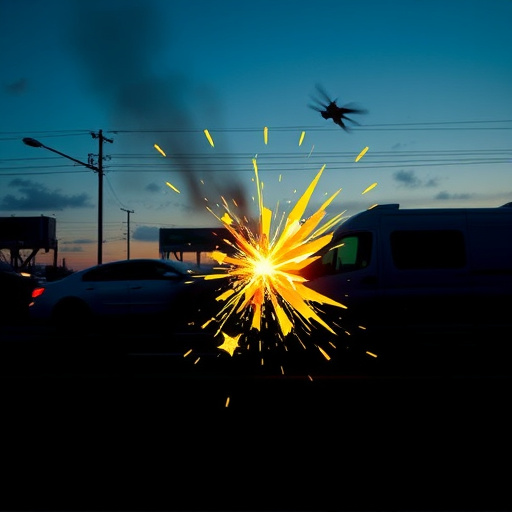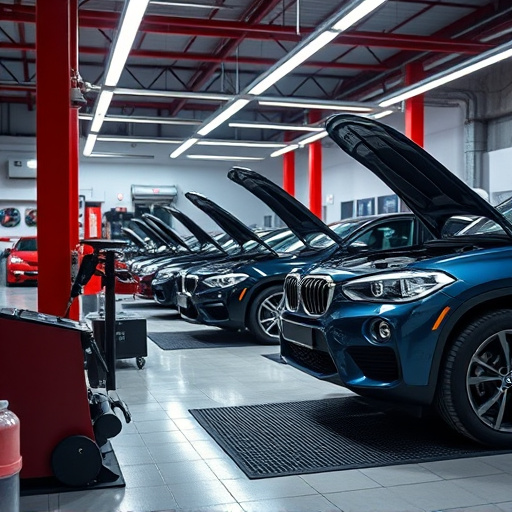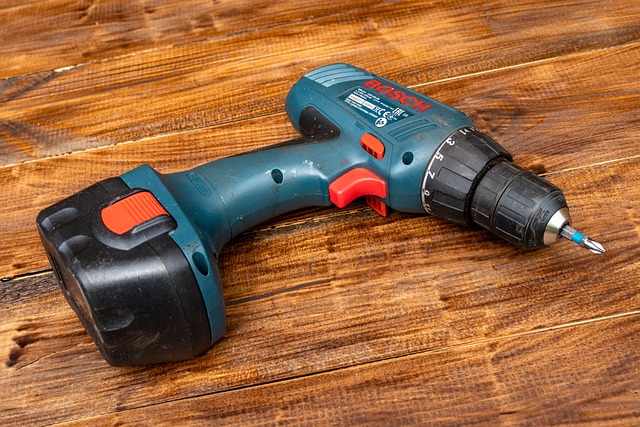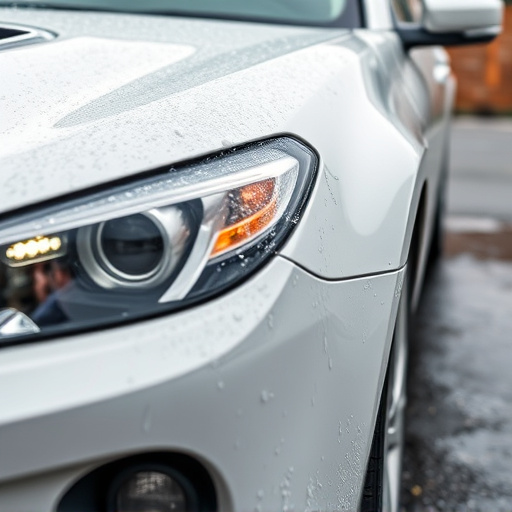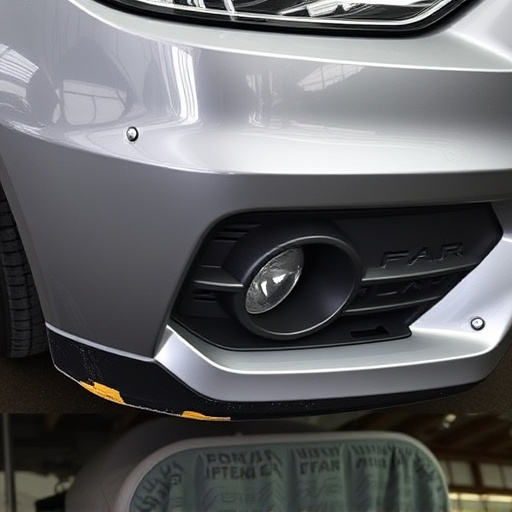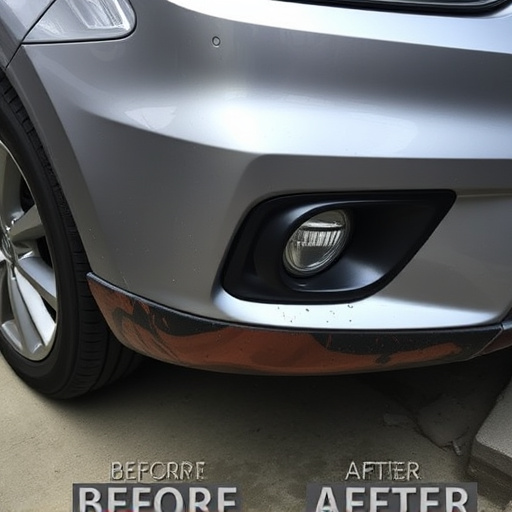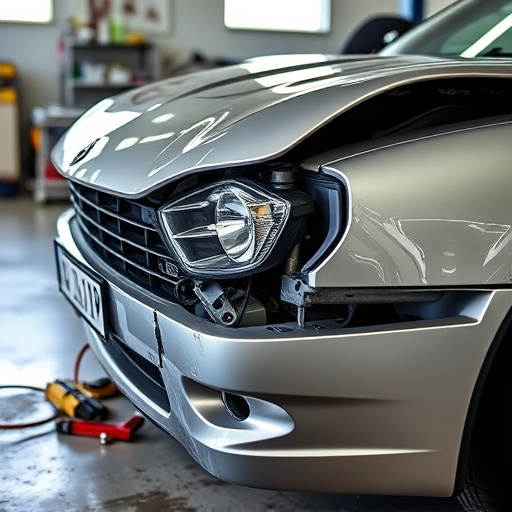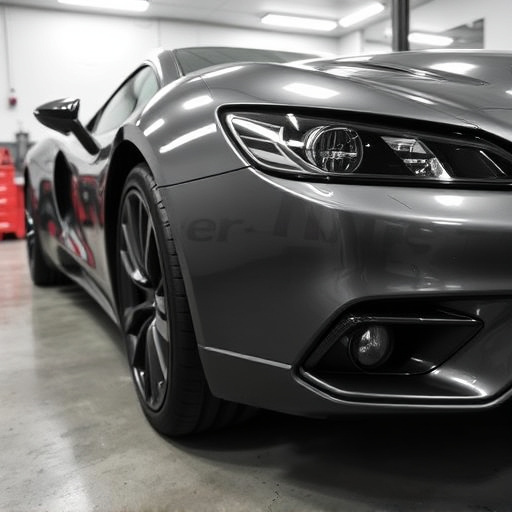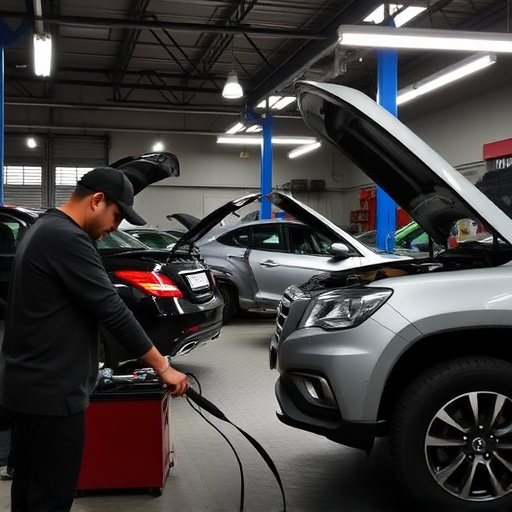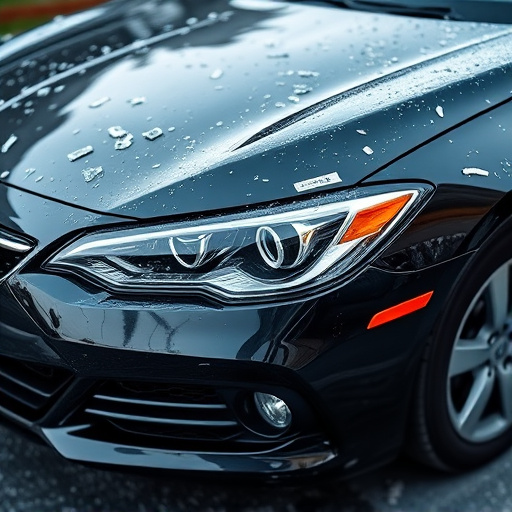C-pillar repair, a critical aspect of auto bodywork, requires specialized techniques due to its structural role in vehicle safety. Mercedes Benz and luxury car brands employ advanced tools for accurate C-pillar damage assessment and repair, from precise cutting/replacement to complete replacement after severe collisions. Top collision repair shops streamline processes with standardized protocols, paintless dent repair, and best practices, ensuring high-quality, timely repairs, customer satisfaction, and maintaining a competitive edge in the market while prioritizing safety and structural integrity.
“In the automotive industry, efficient and precise C-pillar repair is a cornerstone of quality collision work. This comprehensive guide explores best practices designed to streamline and optimize the process, from understanding unique C-pillar damage to ensuring superior replacement and restoration. By implementing these strategies, professionals can enhance efficiency, maintain structural integrity, and deliver top-notch results, ultimately elevating the overall customer experience in the collision repair sector.”
- Understanding C-Pillar Damage and Repair Techniques
- Best Practices for Efficient Collision Repair Processes
- Quality Assurance in C-Pillar Replacement and Restoration
Understanding C-Pillar Damage and Repair Techniques
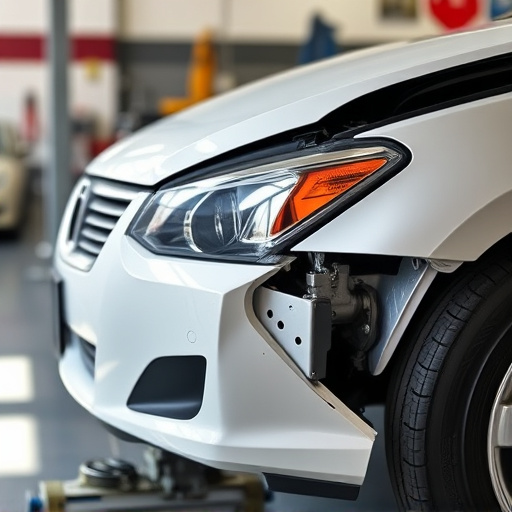
C-pillar damage, a common issue in car accidents, particularly those involving side impacts or collisions with taller vehicles, requires specialized attention and repair techniques. This structural component, located at the rear edge of a vehicle’s roof, plays a critical role in maintaining passenger safety and vehicle stability. Understanding C-pillar repair involves grasping the intricacies of its design and the various causes of damage, such as sharp objects piercing the pillar or intense impact forces that can deform its shape.
In the realm of mercedes benz repair (and other luxury car brands), C-pillar repair is a meticulous process. Skilled technicians employ advanced tools and techniques to assess and address damage, ensuring precision and structural integrity. For instance, in cases of hail damage repair, where multiple small impacts may weaken the pillar, precise cutting and replacement of affected sections are often necessary. Alternatively, for more severe collisions, entire C-pillars might need to be replaced, highlighting the importance of experienced professionals who can accurately diagnose and execute these repairs while adhering to the highest standards of car bodywork excellence.
Best Practices for Efficient Collision Repair Processes
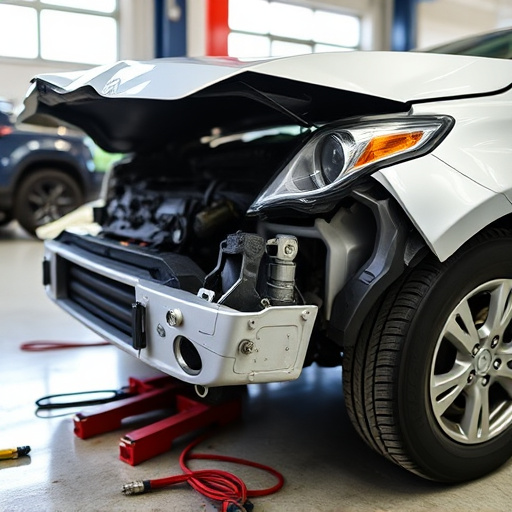
In the realm of C-pillar repair within the collision industry, efficient processes are paramount to ensure quality and speed in car bodywork services. Leading collision repair shops adopt several best practices to streamline their operations. One key strategy is implementing standardized protocols for various repairs, including C-pillar replacements. Standardization reduces time waste and increases consistency, allowing technicians to work more swiftly and accurately.
Additionally, leveraging advanced technologies contributes significantly to efficiency. For instance, paintless dent repair techniques can be highly effective in fixing minor damages, minimizing the need for extensive repainting. Such methods not only save time but also reduce the environmental impact associated with traditional painting processes. By integrating these best practices, collision repair shops can enhance their service offerings, ensuring customer satisfaction and maintaining competitive edge.
Quality Assurance in C-Pillar Replacement and Restoration
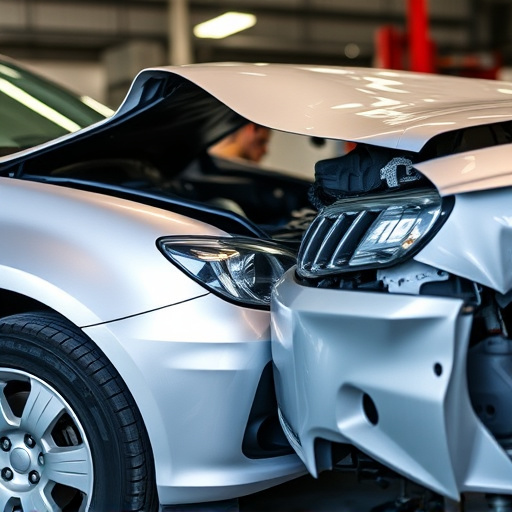
In the realm of automotive repair, especially concerning C-pillar repair, ensuring quality assurance is paramount for safety and customer satisfaction. The C-pillar, a structural component vital to car restoration, requires meticulous precision during replacement or repair. Skilled technicians at top auto collision centers employ state-of-the-art equipment and adhere to strict industry standards to guarantee the integrity of the vehicle’s frame after the process.
Every step of the C-pillar repair process must be executed with care. This includes proper measurement, material selection, and alignment techniques. Quality control measures such as visual inspections, stress testing, and utilizing advanced diagnostic tools help in identifying any discrepancies or potential issues before finalizing the repairs. By upholding these best practices, automotive repair experts not only restore the vehicle’s structural integrity but also ensure its safety on the road.
C-pillar repair is a specialized yet crucial aspect of the collision industry, demanding a blend of technical expertise and quality control. By understanding damage patterns, implementing efficient collision repair processes, and upholding rigorous quality assurance standards, repair shops can ensure accurate and durable C-pillar restoration. Adopting best practices in these areas not only guarantees superior vehicle aesthetics but also enhances safety performance, ultimately fostering customer satisfaction and trust in the industry.

